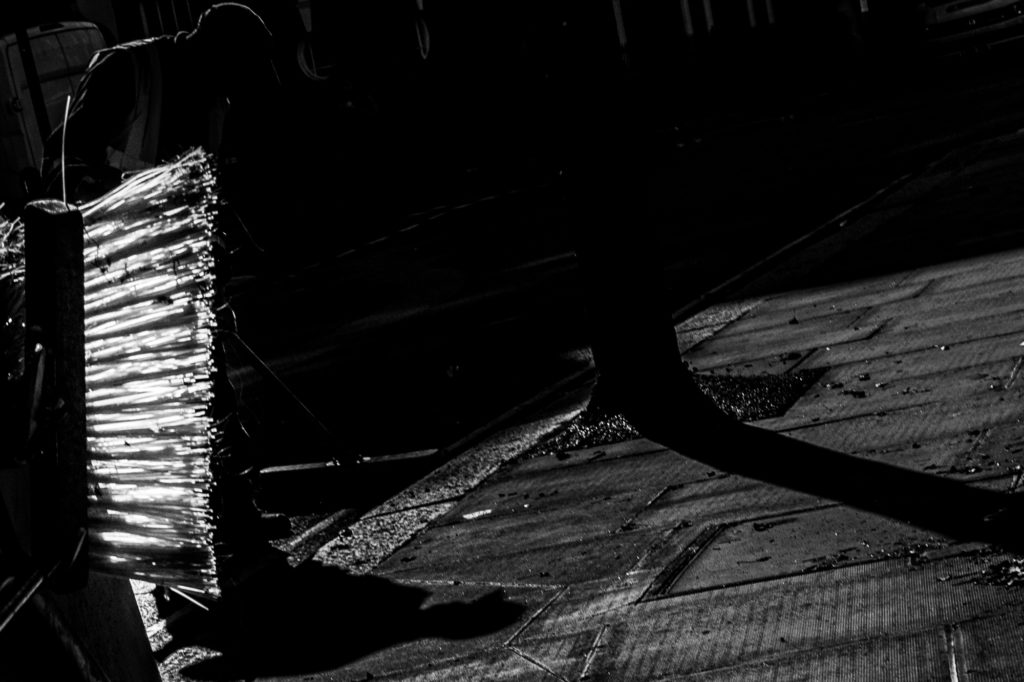‘I must study politics and war, that my sons may have liberty to study mathematics and philosophy. My sons ought to study mathematics and philosophy, geography, natural history, naval architecture, navigation, commerce and agriculture, in order to give their children a right to study painting, poetry, music, architecture, statuary, tapestry, and porcelain.’
― John Adams, Letters of John Adams, Addressed to His Wife.

I used this Adams quote when illustrating new ways to think about collaboration for a corporate audience. I wasn’t the only one in the group who had worked as an immigrant for my entire career but somehow I was the only one of the group who could see that there was nothing new in doing so. The drive to improve the lot of our offspring is a motivation baked into the survival strategies of all species, fauna, flora or otherwise.
The name John Adams is probably familiar to you because he was a founding father and became the second president of the USA. Norman Triplett is another American, probably not known to you. I heard about his work a very long time ago so I already knew of his psychology experiment when it came up in a training class I attended about five years ago.
In that class, we were told that Triplett was born and raised in Illinois. In 1898, he published a study based on an innovative psychology experiment he’d conducted. A simple observation had led him to question what he saw. He’d noticed that cyclists tend to have faster times when riding in groups rather than alone. So he tested his observation by creating a controlled, laboratory experiment involving children turning a small fishing reel as quickly as possible. He concluded that children performed this simple task faster in pairs than when alone. This isn’t about pacemakers as used in the Tour de France or other competitive races. This is about fundamental social interactions. Humans generally work better when working together.
As I said, this story was retold in the collaboration class I attended. It was retold in more detail than I had known. And great claims were made in the retelling for this being the first documentation of the social facilitation effect proposed by Triplett in 1898. In fact, I’d not heard the name Triplett but the story of the social facilitation effect been retold in several books and articles I’d read in the preceding decades.
While I was summarising my class notes, I fell upon a wikipedia article that included a reference to a dissenting argument. The dissent appeared in 2012, a few years before the class I attended.
I’m including the three references here not by way of recommendation but to illustrate that our perception of truth is subject to change. Neither the experiment nor the conclusions are in doubt. It’s only the story of the experiment has been mythified. And that’s my point. As it says in the title by Stoebe, ‘nobody seems to care’. It’s becomes easier to retell and accept by being embellished as the first (it wasn’t) by a man from humble beginnings (maybe not).
References:
Stroebe, W. (2012). The truth about Triplett (1898), but nobody seems to care. “Perspectives on Psychological Science”, “7”, 54-57.
Strube, M. J. (2005). What did Triplett really find? A contemporary analysis of the first experiment in social psychology. American Journal of Psychology118, 271-286.
Triplett, N. (1898). The dynamogenic factors in pacemaking and competition. American Journal of Psychology9, 507-533.

Leave a Reply